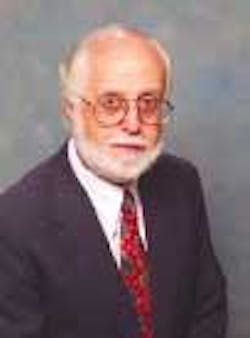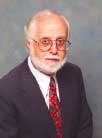IEC discusses effect of deployment on PMD
Polarization-mode dispersion (PMD) is a statistical phenomenon whose value can change with time, temperature, wavelength, and deployment conditions. For that reason, standards bodies have chosen to specify PMD in a statistical manner by using the parameter PMDQ. This parameter represents a statistical extreme of the distribution of PMD values that result from a concatenation of several randomly selected fibers.
Although the International Telecommunication Union and International Electrotechnical Commission specify PMDQ only on cabled fiber (fiber that has been packaged into a cable), IEC 60793-1-48 provides guidance on how to deploy uncabled fibers when measuring them. Section 5.2.1 of that document describes two deployment conditions: a large-diameter spool configuration and flat-surface condition. In both cases, the fiber must be under low tension, not cross over itself, and have bending radii larger than 15 cm.
At last May’s meeting of IEC SC86A/WG1, chaired by Allen Cherin of OFS, presentations were made by Arthur Barlow of PerkinElmer and yours truly on the effects of fiber deployment. These presentations clearly reinforce the basis for the IEC 60793-1-48 deployment conditions. Fibers wound under other conditions such as with several layers on a shipping spool can produce grossly misleading results. For poorly manufactured fiber, deployment on a shipping spool can mask the fiber’s true, or intrinsic, PMD. For good-quality fiber, the PMD can be artificially elevated.
While that should not be surprising, different results can also be obtained between the two recommended IEC deployment conditions. Poorly manufactured fibers tend to have higher PMD when measured on a flat surface than on a large-diameter spool. Good-quality fibers tend to be less sensitive to deployment and measure about the same PMD in either configuration. These differences will need to be addressed if a reference deployment condition is needed to compare fiber quality.James J. Refiis a fiber optics consultant and secretary of IEC SC86A/WG1. He can be reached at [email protected].

